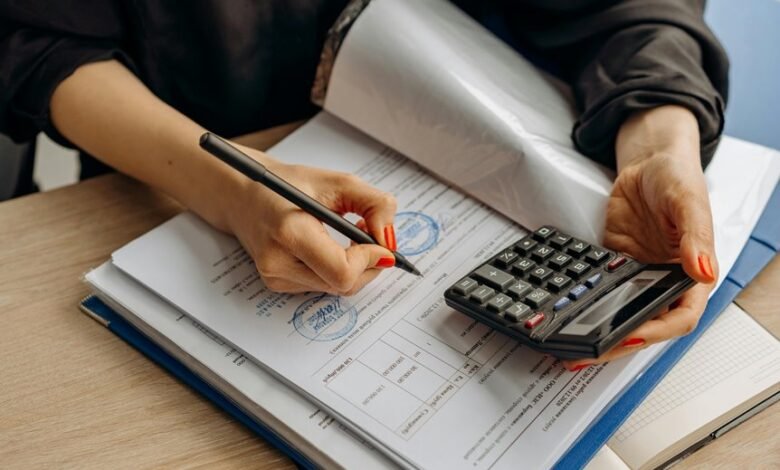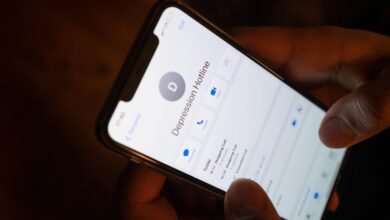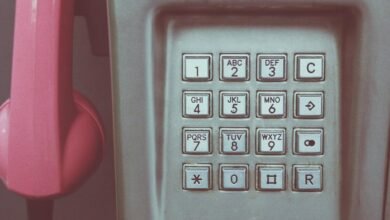Verify Now! Who Called Me From 5417666200, 5512359984, 5512546400, 5592037517, 5592059351, and 5592429776

The numbers 5417666200, 5512359984, 5512546400, 5592037517, 5592059351, and 5592429776 have raised concerns regarding their legitimacy. Each area code can be linked to potential scams that may compromise personal information. Understanding the origin and common fraudulent activities associated with these numbers is imperative. Without proper verification, individuals may expose themselves to risks. What steps should one take to ascertain the authenticity of these calls?
Understanding the Area Codes of the Numbers
Understanding area codes is crucial for verifying caller IDs, as these numerical prefixes provide essential geographical and organizational context about incoming calls.
The significance of area codes lies in their ability to indicate the caller’s location, enabling effective regional dialing.
Common Scams Associated With These Numbers
Although many individuals may not realize it, certain area codes are frequently associated with various scams that exploit unsuspecting callers.
Scam tactics often involve spoofing caller identity, leading victims to believe they are interacting with legitimate organizations. These deceptive practices can range from phishing attempts to fraudulent financial schemes, emphasizing the need for vigilance when receiving calls from unfamiliar numbers within these specific area codes.
How to Verify Unknown Callers
Scam calls often leave individuals vulnerable to manipulation, underscoring the importance of implementing verification methods for unknown callers.
Utilizing caller identification tools and conducting a phone number lookup can effectively mitigate risks. Users are encouraged to cross-reference numbers through reputable databases and apps, ensuring they remain informed about potential scams.
This proactive approach fosters personal freedom and autonomy in communication.
Conclusion
In conclusion, the area codes associated with the numbers in question raise significant concerns regarding potential scams. While some may argue that not every unknown caller is a threat, the prevalence of fraud necessitates a cautious approach. Engaging in verification processes not only protects personal information but also fosters a culture of vigilance. By prioritizing caller identification, individuals can effectively mitigate risks and enhance their security against increasingly sophisticated scam tactics, ultimately ensuring a more informed and safer communication experience.





